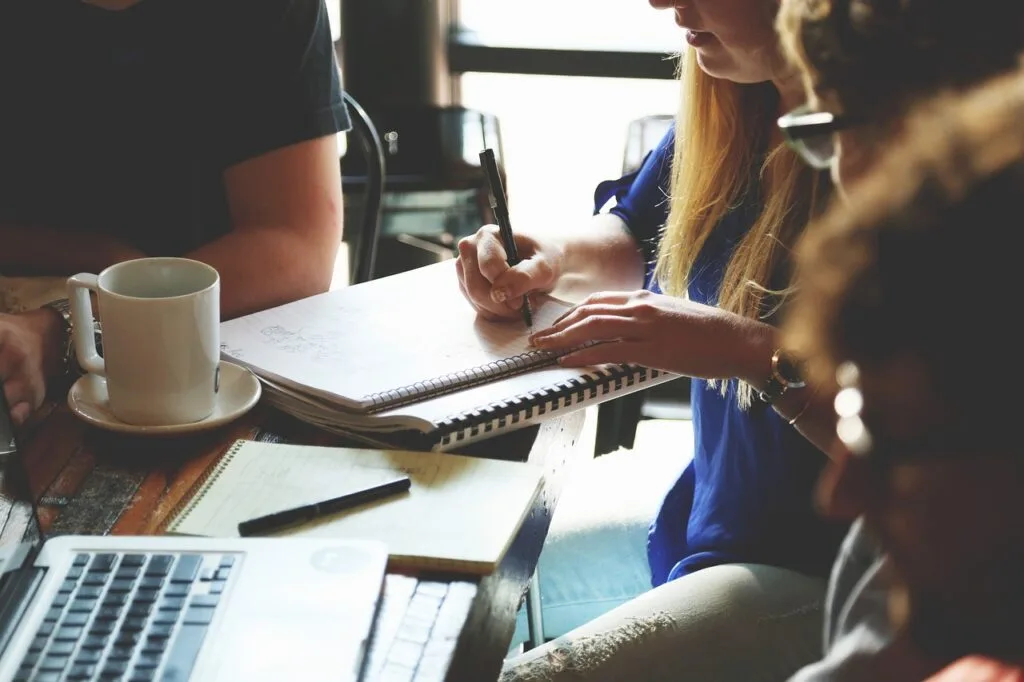For the first time, undergraduate students from MIT are participating in research projects at the Universidad del Valle de Guatemala (UVG), while MIT scholars collaborate with UVG undergraduates on extensive field studies in Guatemala.
These pilot projects are part of a broader initiative known as ASPIRE (Achieving Sustainable Partnerships for Innovation, Research, and Entrepreneurship). Supported by a $15 million grant from the U.S. Agency for International Development, this five-year initiative brings together MIT, UVG, and the Guatemalan Exporters Association to foster sustainable solutions to local development challenges.
« This research provides insight into our understanding of designing with and for marginalized people, particularly indigenous communities, » says Elizabeth Hoffecker, ASPIRE co-principal investigator at MIT and director of the MIT Local Innovation Group.
The students’ work is yielding results in the form of publications and new products, directly advancing ASPIRE’s goals of creating an innovation ecosystem in Guatemala that can be replicated elsewhere in Central and Latin America.
For students, the project offers both tangible and inspiring rewards.
« My experience allowed me to discover my interest in local innovation and entrepreneurship, » says Ximena Sarmiento García, a fifth-year anthropology student at UVG. Under Hoffecker’s guidance, Sarmiento García states, « I learned to inform myself, investigate, and find solutions – to become a researcher. »
Sandra Youssef, a junior in mechanical engineering at MIT, collaborated with UVG researchers and indigenous farmers to design a mobile cart aimed at improving snow pea harvest yields. « It was perfect for me, » she says. « My goal was to use creativity, new technologies, and science to solve tough problems. »
Remote and Effective
Kendra Leith, ASPIRE co-principal investigator and associate director of research at MIT D-Lab, shaped the MIT Undergraduate Research Opportunities Program (UROP) in collaboration with her UVG colleagues. « Even though MIT students are currently not permitted to travel to Guatemala, I wanted them to have the opportunity to apply their experience and knowledge to real-world challenges, » explains Leith. « The Covid pandemic prepared them, along with their UVG counterparts, for effective remote collaboration – UROPs have conducted remarkably productive research projects via Zoom and met our objectives for them. »
MIT students have participated in some of UVG’s most ambitious ASPIRE research. For instance, Sydney Baller, a sophomore in mechanical engineering, joined a team of indigenous farmers and UVG mechanical engineers studying the manufacturing process and potential markets for essential oils extracted from thyme, rosemary, and chamomile plants.
« Indigenous peoples have worked with plant extracts and ancient remedies for thousands of years, » says Baller. « There is a promising story here that would be important to pursue with more modern research. »
Sandra Youssef used computer-aided design and manufacturing to create a model developed during a hackathon by snow pea producers. « Our cart needed to hold 495 pounds of snow peas without collapsing or tipping over, navigate narrow trails on hillsides, and be simple and inexpensive to assemble, » she says. Snow pea producers tested two of Youssef’s models, built by a UVG team led by Rony Herrarte, a faculty member in the mechanical engineering department.
From Waste to Filter
Two MIT undergraduates joined one of UVG’s long-standing projects: tackling water pollution in Guatemala. The research aims to use chitosan molecules, extracted from shrimp shells, for the bioremediation of heavy metals and other water contaminants. These shells are abundantly available, left as waste by the country’s shrimp industry.
Sophomores Ariana Hodlewsky, majoring in chemical engineering, and Paolo Mangiafico, majoring in brain and cognitive sciences, committed to working with lead researcher and chemistry department instructor Allan Vásquez (UVG) on filtration systems using chitosan.
« The team wants to find a cost-effective product that rural communities, most at risk of water pollution, can use in their homes or city water supply systems, » explains Mangiafico. « So, we studied different water filtration technologies and analyzed the Guatemalan and U.S. markets to understand regulations and opportunities that could affect the introduction of a chitosan-based product. »
« Our research on how different communities use water, as well as potential consumers and pitfalls, lays the groundwork for the prototypes UVG wants to produce, » says Hodlewsky.
Lourdes Figueroa, UVG ASPIRE project leader for technology transfer, found their help invaluable.
« Paolo and Ariana brought the MIT culture and mindset to the project, » she says. « They wanted to understand not only how the technology works but also the best ways to get it out of the lab to make it useful. »
It was an « Aha! » moment, says Figueroa. « MIT students made a major contribution both in engineering and marketing by emphasizing the need to think about how to ensure market acceptance of the technology while it’s still in development. »
Innovation Ecosystems
UVG’s three campuses have served as incubators for innovation and entrepreneurship solving problems, in many cases led by students from indigenous communities and families. In 2022, Elizabeth Hoffecker, holding eight UVG anthropology specializations, set out to identify the most dynamic examples of these collaborative initiatives, which ASPIRE seeks to promote and replicate.
Hoffecker’s « innovation ecosystem diagnostic » revealed a cluster of activities centered on UVG’s Altiplano campus, in the central highlands, serving Maya communities. Hoffecker and two of the anthropology students focused on four examples for a series of case studies, which they are currently preparing for submission to a peer-reviewed journal.
« The caliber of their work was so good that it became clear to me that we could collaborate on a paper, » explains Hoffecker. « It was the first time I published with undergraduate students. »
The researchers’ cases included a new production of traditional thread and the creation of a 3D phytoplankton kit used to raise awareness among community members about water pollution in Lake Atitlán, a tourist destination that boosts the local economy but is increasingly affected by toxic algae blooms. Hoffecker cites a project by indigenous undergraduate students who developed game-based educational tools to introduce basic mathematical concepts.
« These are linked to local Maya ways of understanding and offer a new and practical way to strengthen math teaching skills for primary school teachers in indigenous communities, » explains Hoffecker. « They created something that addresses a very immediate community need: the lack of training. »
Hoffecker’s two undergraduate collaborators are writing theses inspired by these case studies.
« My time with Elizabeth allowed me to learn how to conduct research from scratch, ask for help, find solutions, and trust myself, » says Sarmiento García. She finds the ASPIRE approach deeply appealing. « It’s not only ethical, but it’s also deeply committed to applying the results to the real lives of the people involved. »
« This experience has been incredibly positive, validating my own ability to generate knowledge through research, rather than relying solely on recognized authors to support my arguments, » says Camila del Cid, a fifth-year anthropology student. « It empowered me, especially as a Latin American researcher, as it highlighted the importance of my perspective and contributions. »
Hoffecker states that this pilot project with UVG undergraduates has produced « high-quality research that can inform evidence-based decision-making on regionally top-priority development issues » – a key ASPIRE goal. Hoffecker plans to « develop a pathway that other UVG students can follow to conduct similar research. »
MIT undergraduate research will continue. « Our students’ activities have been very helpful in Guatemala, so much so that the snow pea, chitosan, and essential oils teams would like to continue working with our students this year, » says Leith. She anticipates a new round of MIT UROP for next summer.
Youssef, for her part, is eager to get to work refining the snow pea cart. « I love the idea of working outside my comfort zone, thinking about things that seem unsolvable, and finding a way to solve some aspects of the problem, » she says.



